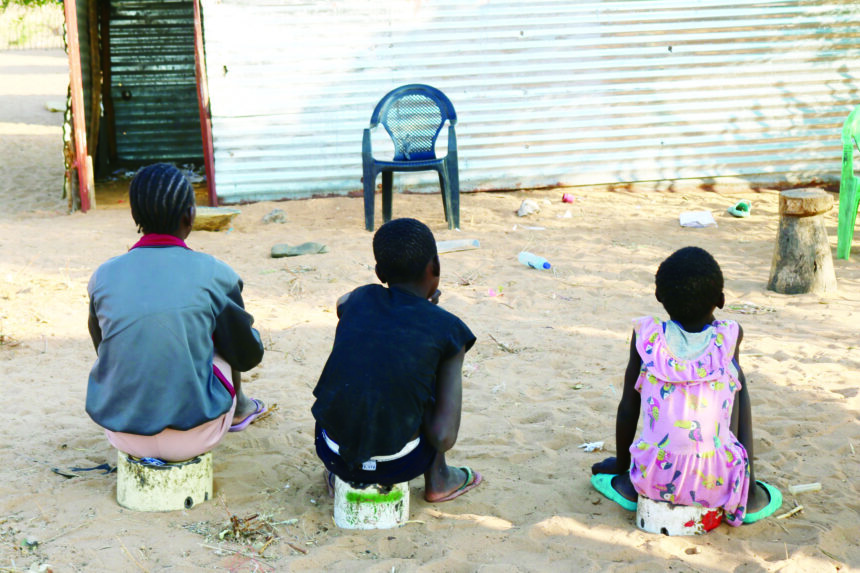Although the country has made steady progress in various socio-economic spheres, Namibia is still facing structural inequality at the household level.
At the moment, the country is grappling with over 7 754 child and orphan-headed households.
The 2023 Population and Housing Census Main Report, launched in the capital last week, reveals that more than 3 965 homes in the rural parts of the country are headed by children.
Another 2 630 houses in urban areas are child-headed households.
The report brought to the fore staggering figures of orphan-headed households countrywide, with more than 759 families headed by orphans in rural areas.
About 401 households are under the direct care of orphans in urban setups.
Child-headed households are those under the care of children aged 17 years or younger, while those headed by orphans are homes under the upkeep of children who are under 18 years and have lost either one or both parents.
A child-headed household is one where there are no adult carers available, and children live on their own.
The latest figures indicate that the proportion of children-headed households in rural areas is at 1.2%.
Those in urban areas are at 0.6%.
It also shows a decline in child-headed households in Namibia from the 1.7% recorded in 2011 to 0.9% observed in 2023.
Regions
At the regional level, Ohangwena (1.5%), Kunene (1.4%) and Omusati (1.4%) recorded the highest number of child-headed households countrywide, while //Kharas, Hardap and Khomas regions recorded the lowest number of child-headed homes each with 0.4%. The Namibia Statistics Agency (NSA)’s report further shows that the orphan-headed household figures translate into 0.2% in rural areas and 0.1% in urban
areas.
Ohangwena region has the highest number of orphan-headed households at 0.3%, while
//Kharas, Erongo, Hardap, Kavango East, Kavango West, Khomas and Oshana had the lowest, each with 0.1%.
“The results show that more households headed by orphans were reported in 2011 at 0.6% when compared to 0.2% reported in 2023.
A significant reduction in orphan-led households was observed in both rural and urban areas from 2011 to 2023.
Ohangwena had the highest number of orphan-headed households in 2011 at 1.2%, and down to 0.3% in 2023.
Meanwhile, research has shown that there are a variety of reasons why a sibling group may live on its own.
It may be the only way to remain together, the best way to retain the use and ownership of their parents’ land and home, or the only option available.
Some child-headed households are supported by extended family members, and others are entirely on their own.
A child-headed household may be extremely vulnerable, or it may have strong family and community links, and live in acceptable circumstances.
State interventions
The NSA reports that 154 731 people are beneficiaries of the government’s maintenance grant, while another 22 742 Namibians are enrolled on the State-sponsored foster parent grant.
Government has several grants and allowances targeted at the protection of orphaned and vulnerable children.
There are principally four child grants and allowances, namely the child maintenance grant, the foster parent grant, the places of safety allowance, and the special maintenance grant.
Child and family benefits are mainly administered by the Ministry of Gender Equality and Child Welfare.
Child grants are generally targeted more at children who are single or double orphans.
This ensures that the grants and allowances are more pro-poor, given the higher concentration of such needy children in poor households.
-ohembapu@nepc.com.na


